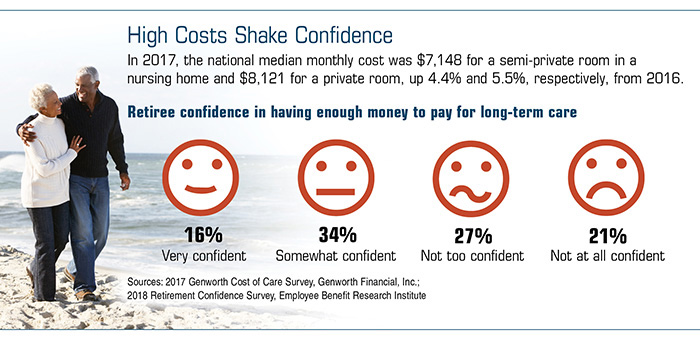The Definitive Guide to Pacific Prime
Pacific Prime Can Be Fun For Everyone
Table of ContentsGetting The Pacific Prime To WorkAll about Pacific PrimeThe Best Strategy To Use For Pacific Prime9 Simple Techniques For Pacific PrimeAbout Pacific Prime

This is because the information were accumulated for a period of solid financial performance. Of the approximated 42 million individuals who were without insurance, all but regarding 420,000 (about 1 percent) were under 65 years old, the age at which most Americans become eligible for Medicare; 32 million were adults in between ages 18 and 65, about 19 percent of all grownups in this age; and 10 million were children under 18 years of age, concerning 13.9 percent of all children (Mills, 2000).
These quotes of the variety of individuals uninsured are produced from the annual March Supplement to the Existing Population Survey (CPS), carried out by the Demographics Bureau. Unless or else kept in mind, national quotes of individuals without medical insurance and percentages of the population with different type of insurance coverage are based upon the CPS, the most commonly made use of resource of quotes of insurance policy protection and uninsurance prices.
Some Known Details About Pacific Prime

Still, the CPS is particularly beneficial since it creates annual price quotes reasonably promptly, reporting the previous year's insurance policy coverage estimates each September, and because it is the basis for a regular collection of quotes for more than two decades, enabling analysis of fads in insurance coverage gradually. For these reasons, as well as the considerable use the CPS in other researches of insurance coverage that are offered in this report, we rely upon CPS quotes, with limitations kept in mind.

The estimate of the variety of uninsured individuals expands when a populace's insurance coverage standing is tracked for a number of years. Over a three-year duration beginning early in 1993, 72 million individuals, 29 percent of the U.S. https://disqus.com/by/disqus_tLNq8V4sBK/about/. population, were without insurance coverage for at the very least one month. Within a single year (1994 ), 53 million individuals experienced a minimum of a month without insurance coverage (Bennefield, 1998a)
6 out of every ten without insurance adults are themselves utilized. Functioning does improve the chance that one and one's family participants will have insurance policy, it is not a guarantee. Also members of family members with two full time wage earners have nearly a one-in-ten chance of being uninsured (9.1 percent without insurance price) (Hoffman and Pohl, 2000).
Some Known Details About Pacific Prime
New immigrants make up a considerable percentage of people without medical insurance. One analysis has connected a considerable portion of the recent development in the size of the U.S. without insurance population to immigrants who showed up in the country in between 1994 and 1998 (Camarota and Edwards, 2000). Recent immigrants (those who involved the United States within the past four years) do have a high rate of being uninsured (46 percent), but they and their children make up simply 6 percent of those without insurance policy country wide (Holahan et al., 2001).
The connection in between health insurance and access to care is well developed, as recorded later on in this phase. The relationship between health insurance and wellness outcomes is neither straight neither easy, a substantial professional and wellness services research study literature web links health and wellness insurance policy coverage to enhanced access to care, better top quality, and boosted personal and populace health standing.
Degrees of evaluation for checking out the effects of uninsurance. This discussion of medical insurance coverage concentrates largely on the U.S. populace under age 65 since basically look at this web-site all Americans 65 and older have Medicare or other public insurance coverage. Additionally, it focuses particularly on those with no health insurance coverage for any type of size of time.
Pacific Prime Fundamentals Explained
The issues faced by the underinsured are in some areas similar to those faced by the without insurance, although they are typically less extreme. Health insurance, nonetheless, is neither required neither adequate to gain accessibility to medical solutions. The independent and direct result of health and wellness insurance protection on access to health and wellness services is well developed.
Others will acquire the healthcare they need also without health insurance policy, by paying for it expense or seeking it from companies that use care cost-free or at extremely subsidized rates. For still others, medical insurance alone does not make certain receipt of treatment as a result of various other nonfinancial barriers, such as a lack of wellness care carriers in their neighborhood, minimal access to transportation, illiteracy, or etymological and social differences.
Unknown Facts About Pacific Prime
Official study concerning uninsured populations in the United States dates to the late 1920s and early 1930s when the Committee on the Cost of Treatment created a series of reports regarding financing doctor office sees and hospital stays. This concern became salient as the varieties of clinically indigent climbed up throughout the Great Clinical depression.